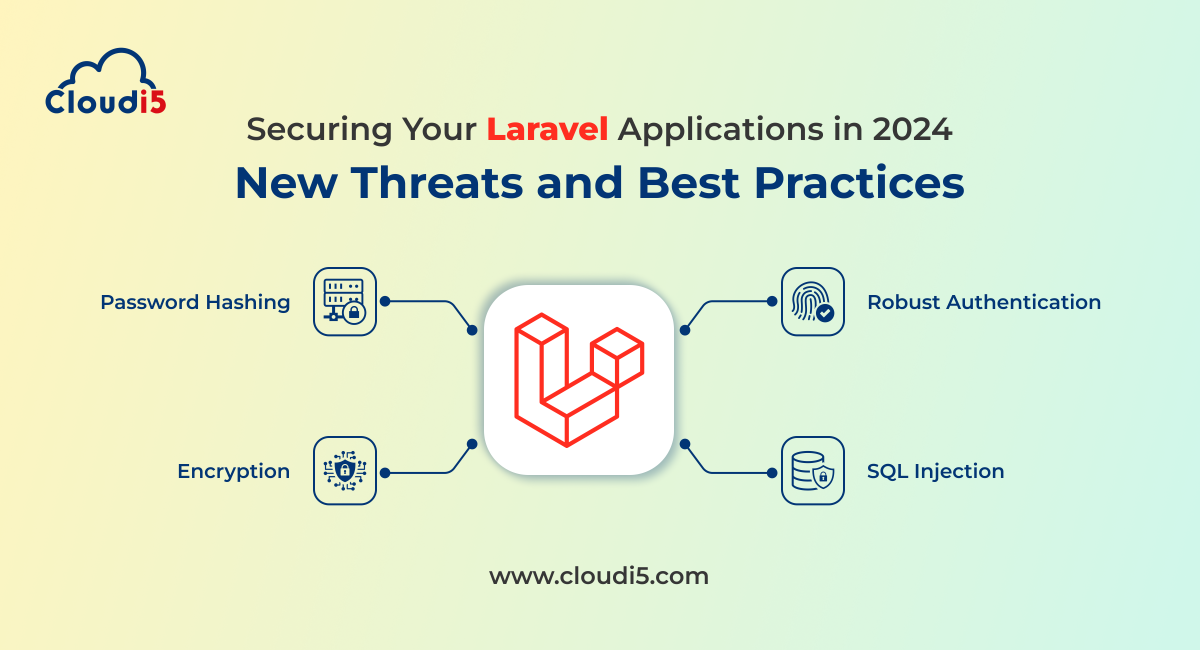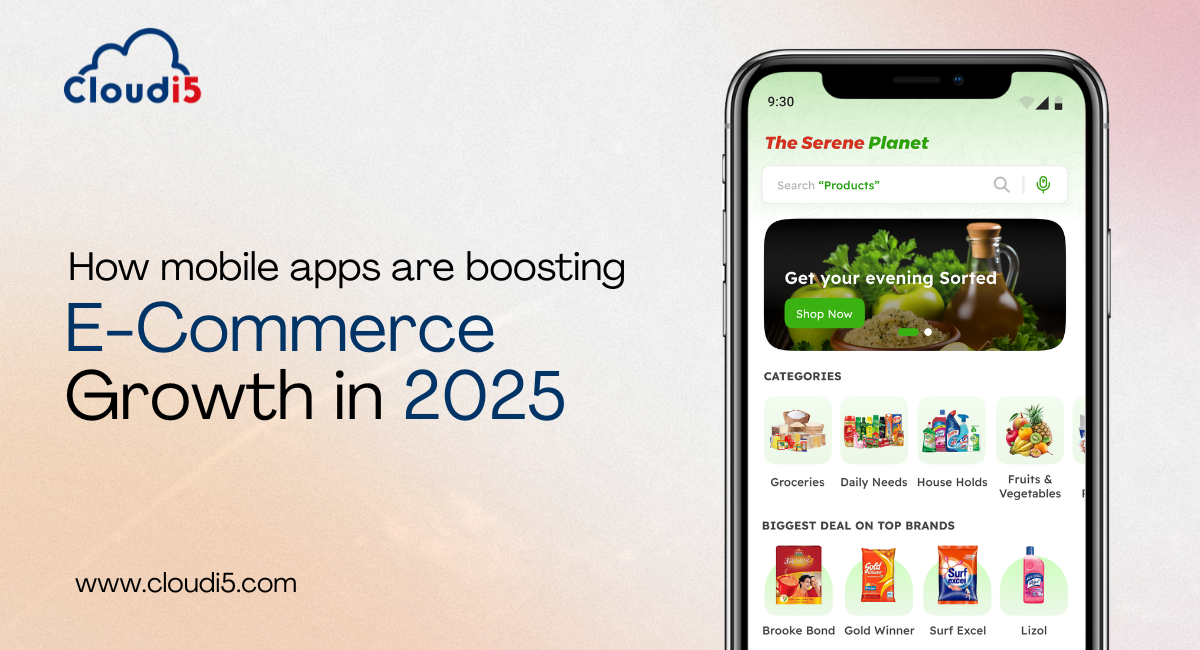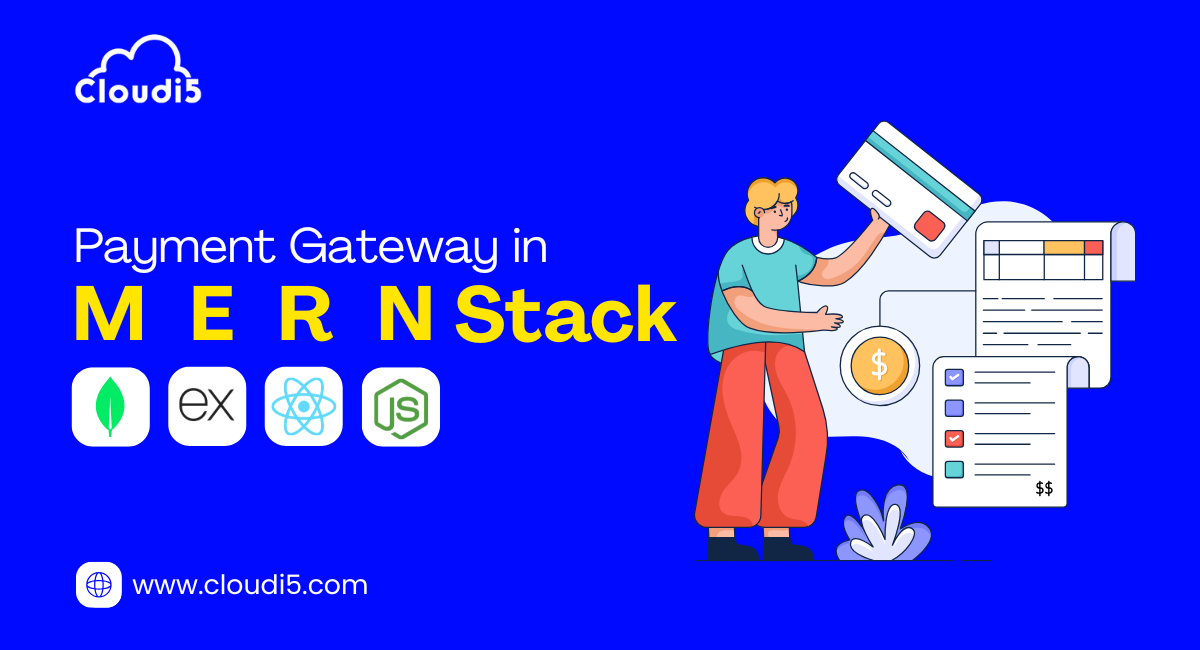
Securing Your Laravel Applications In 2024: New Threats And Best Practices
As data becomes more valuable, it also becomes a bigger target for threats. Laravel applications are strong and powerful, but they need protection to stay safe. Even the best applications can have weaknesses if security isn't a priority.
Just like a builder prepares for potential dangers when constructing a house, developers must secure their applications. To ensure your Laravel applications remain secure, staying informed and implementing best practices is crucial.
In this blog, we'll explore the new threats of 2024 and provide easy-to-follow tips to keep your Laravel application secure and protected.
New Threats in 2024
While some attack methods are still common, 2024 brings new challenges to think about:
- API Security Issues: More applications use APIs, creating new weak points. Unsafe API endpoints can be used to steal data or gain unauthorized access.
- Supply Chain Attacks: Third-party dependencies are a growing risk. Hackers may exploit vulnerabilities in popular packages to secretly infiltrate applications.
- Phishing Attacks on Developers: Social engineering tricks to steal developer credentials or spread malware disguised as legitimate tools are becoming more advanced.
- Ransomware Evolution: Ransomware is getting more sophisticated. Attackers might target development environments to disrupt workflows and extort sensitive data.
Best Practices to Secure Your Laravel Applications
Fortunately, you can reduce these risks with strong security measures. Here are key practices to follow:
1. Keep Laravel and Dependencies Updated
Always update Laravel and all third-party packages using `composer update`. Security patches fix vulnerabilities, so staying updated is crucial.
2. Enforce Strong Authentication and Authorization
Use Laravel's built-in authentication system. Add multi-factor authentication (MFA) for extra security. Use Laravel's authorization features to control access based on user roles.
3. Sanitize User Input
Never trust user data. Always clean user input before processing it. Laravel has built-in validation rules and methods like `htmlspecialchars` to escape harmful code.
4. Protect Against CSRF Attacks
Laravel includes CSRF protection. Make sure the `@csrf` token is in all forms to prevent unauthorized requests.
5. Use Laravel's Security Features
Laravel offers many built-in security features. Use Eloquent ORM for safe database interactions, and rely on its defenses against attacks like XSS and SQL Injection. Consider using Laravel Sanitizer for better data cleaning.
6. Secure File Uploads
Don't trust uploaded files. Validate file types and extensions, and restrict upload directories to prevent malicious files. Use libraries like Laravel Disk for secure file storage.
7. Implement HTTPS Everywhere
Enforce HTTPS for all communication between your app and users. This encrypts data in transit, protecting it from eavesdropping and man-in-the-middle attacks.
8. Secure Your Environment
Use strong passwords for database connections and sensitive areas. Store sensitive data in `.env` files and exclude these files from version control.
9. Implement Content Security Policy (CSP)
A CSP defines which resources (scripts, images, etc.) can be loaded from your app. This reduces the risk of XSS attacks and unauthorized scripts.
10. Monitor and Audit Your Application
Regularly check your application logs for suspicious activity. Use security auditing tools to scan your code for vulnerabilities. Consider penetration testing by security professionals.
11. Stay Informed
The security landscape is always changing. Subscribe to Laravel security bulletins and stay updated on new threats. Join the Laravel community to learn from other developers.
12. Develop Securely from the Start
Integrate security best practices into your development process. Use secure coding practices, write unit and security tests, and use static code analysis tools to find vulnerabilities early on.
Additional Tips
- Limit Login Attempts: Prevent attackers from guessing passwords by limiting how many times they can try to log in.
- Use Debug Mode Carefully: In development, debug mode shows helpful information. But in production, turn it off to keep sensitive details safe.
- Regular Backups: Keep copies of your code and data so you can recover quickly if something goes wrong.
- Educate Users: Teach users to use strong passwords and be cautious with emails and links to prevent security issues.
- Use a Web Application Firewall (WAF): A WAF can block malicious traffic before it reaches your app, adding an extra layer of protection.
Conclusion
Security should always be a top priority. By following these best practices and staying updated about new threats, you can greatly improve the security of your Laravel applications. It's important to remember that security is a continuous effort, not something you can set and forget. Stay alert and proactive to keep your applications safe for your users and their data.
Trusted By












Leave Comments